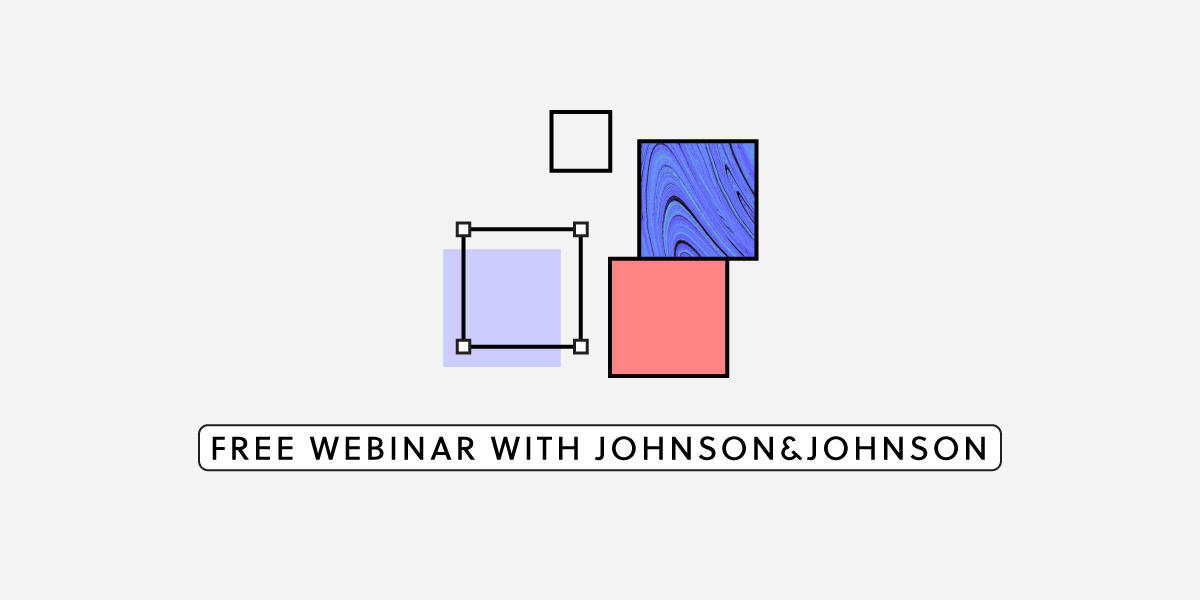How do you manage and build a Design System for an enterprise? As you may already know, this single source of truth helps enterprises bridge the gap between designers and developers and speed up the development process. It is thanks to the set-out standards and reusable components that the design and development workflow is cut down and the digital experience is unified.
Remember that Design Systems are not only an efficient solution for an enterprise. They are also a challenging process as you need to set out every piece of information in a clear and easy-to-use way. If you’re persuaded to build a Design System, or you already have one – new questions may arise. What are the best examples and practices to follow? How do you organize and manage your system in the best way possible?
You may also wonder if your enterprise makes the most of a Design System and cares about the cohesive experience. After all, why should you go through all the work with standards and documentation if most product teams won’t be using them? Why not just use simple Style Guides?
To clear some of the confusion and answer these questions, we decided to host a webinar with Johnson & Johnson: From Style Guide to Interactive Design System in Enterprise. J&J’s Experience Design Team will talk about their Design System examples and show best design practices to reach consistency and ultimate efficiency.
You’ll learn about :
- Transforming Style Guides into interactive Design Systems.
- Atomic Design and Rapid Interactive Prototyping.
- Promoting the adoption of Design Systems in your organization.
Also, there will be a Q&A session to ask J&J’s experts some questions.

